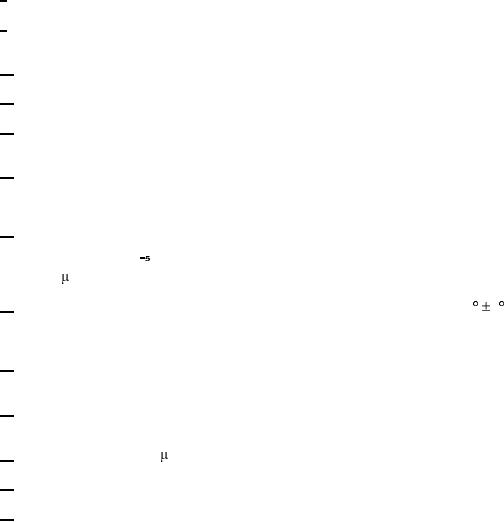
MIL-PRF-1/28H
NOTES:
8/ Vary light to obtain approximately 10 microamperes of anode current.
9/ The tube shall operate without indications of breakdown in an evacuated chamber in which the pressure
does not exceed 130 mmHg absolute.
10/ Adjust tube position to give maximum sensitivity.
11 Apply 100 volts dc between cathode and all other electrodes. The pins shall be tied together.
12/ The light during test, except during life test, shall be incident upon an aperture approximately
0.8 inch by 0.2 inch, located to center on the cathode.
13/ With the qualification test report, the tube manufacturer shall certify that the base used has been
fabricated from an insulating material qualified under MIL-M14/H for type CFG or CGF. Bases
previously qualified to method 1216 are acceptable.
14/ The overall anode to cathode voltage in this test shall be determined as follows:
With a light flux of 10 lumens, the supply voltage, epp, shall be varied until the anode current
is 180 A. With light flux set at 0, this voltage now serves as the test voltage.
15/ Prior to testing, the tubes shall be kept in the dark at an ambient temperature of 70 5 F for not
less than 1 hour. The light spot on the photocathode, based on a projected dimension perpendicular
to beam axis, shall be 0.125 to .188 inch (3.18 to 4.76 mm).
16/ Immersion in water shall be omitted and tubes shall be tested dry. Torque shall be applied with
20.0 in-lb minimum.
17/ After the shock test is performed, the tube shall meet the requirements of all the test designated
as quality conformance inspection tests, part 1.
18/ Anode current limit is 40 A dc minimum or 1/20 of initial Ib, whichever occurs first.
19/ This test to be performed at the conclusion of the holding period.
20/ An ac supply voltage may be used having a peak value equal to this maximum value.
4